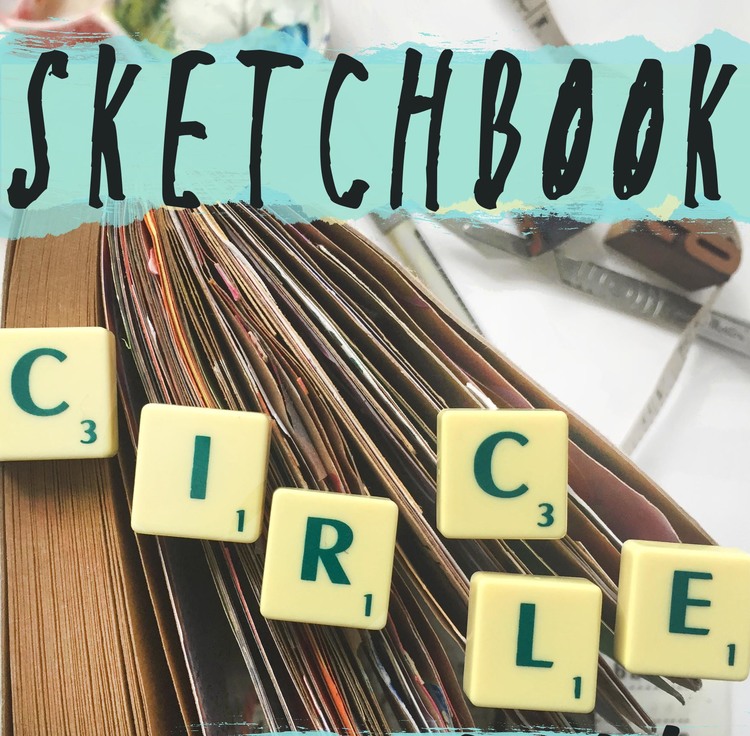On 28th June 2014 I began a process I never realised would continue to the present day; I produce a little creative work every single day. I aim to fill an A5 sketchbook every year and this year is my fifth.
My 365 sketchbook was never meant to be shared but very quickly my students became interested. After one lesson, my Year 7’s had been painting and I was collecting the newspaper to use in a collage. They found it fascinating and so I showed them the subsequent work the following week. It has never been a problem thinking of ideas as I would liken my mind to a washing machine of creative plans, so my sketchbook helps me to offload. It’s a chance to practice but mainly to play.
What influences your work?
Absolutely everything around me influences my work. Art has taught me from very early age to see the world around me; to live with my eyes wide open. Most of the time I work alone but like minded collaborations, such as Sketchbook Circle helps me to feel part of like-minded communities.
How important is drawing to your practice?
I love to draw; it is the most important skill for me to maintain. It is the one technique I will always go back to.
What are your favourite materials and processes?
My favourite technique at the moment is a watercolour base and then coloured pencil shading over the top. I like to challenge myself with photorealism in observational work. But the truth is that I thoroughly enjoy producing lots of different pieces in lots of different media. My textile pieces based on The University of Manchester’s mineral collection comes to mind, as I had so much fun knitting, felting and adding lots of French knots. I love details so when a local Embroiders Guild friend taught me to smock I loved that too. The list goes on really, as there is no technique I wouldn’t try, in fact the more the better.
How does being an artist teacher impact on your work in the classroom?
I understand what it is to create, including the joys and pains of making. One of the most important things to me is to be completely honest and show my work as it develops. I try to show on Twitter @mags_ryder how my work follows the typical pattern of producing: the highs and lows, as work develops and sometimes doesn’t go to plan. I suppose this is where the art teacher in me kicks in. So my process pieces are just as important as the finished ones to me. I also hope to show how much joy art can bring you, as well as the time put to what look like the simplest of pieces.
What’s the most valuable piece of advice you’ve been given during your career?
I trained to be a teacher at the Didsbury campus of MMU with Keith Walker. His enthusiasm for art education was infectious and his true dedication and thorough ways was impressive. One of my first Heads of Art, Rose Beasley, followed the same strand. I have carried their ways forward throughout my career. As a result I came to the conclusion very early on in my career that the one child in front of you is the most important person at that point in time and helping them to progress is the most important thing.
What advice would you give to all the young artist educators starting out today?
When dealing with young people it is important to be patient in everything you do. Be truthful to your students about their work, but only use constructive criticism if you can show them the way to improve it. Your absolute focus should be your classroom and your teaching. Become an expert in your subject, in the pedagogy, know your schemes and syllabuses inside and out. Art is truly the best subject in the world to teach, so be proud of it and sell it through your students’ progress and their enjoyment.








